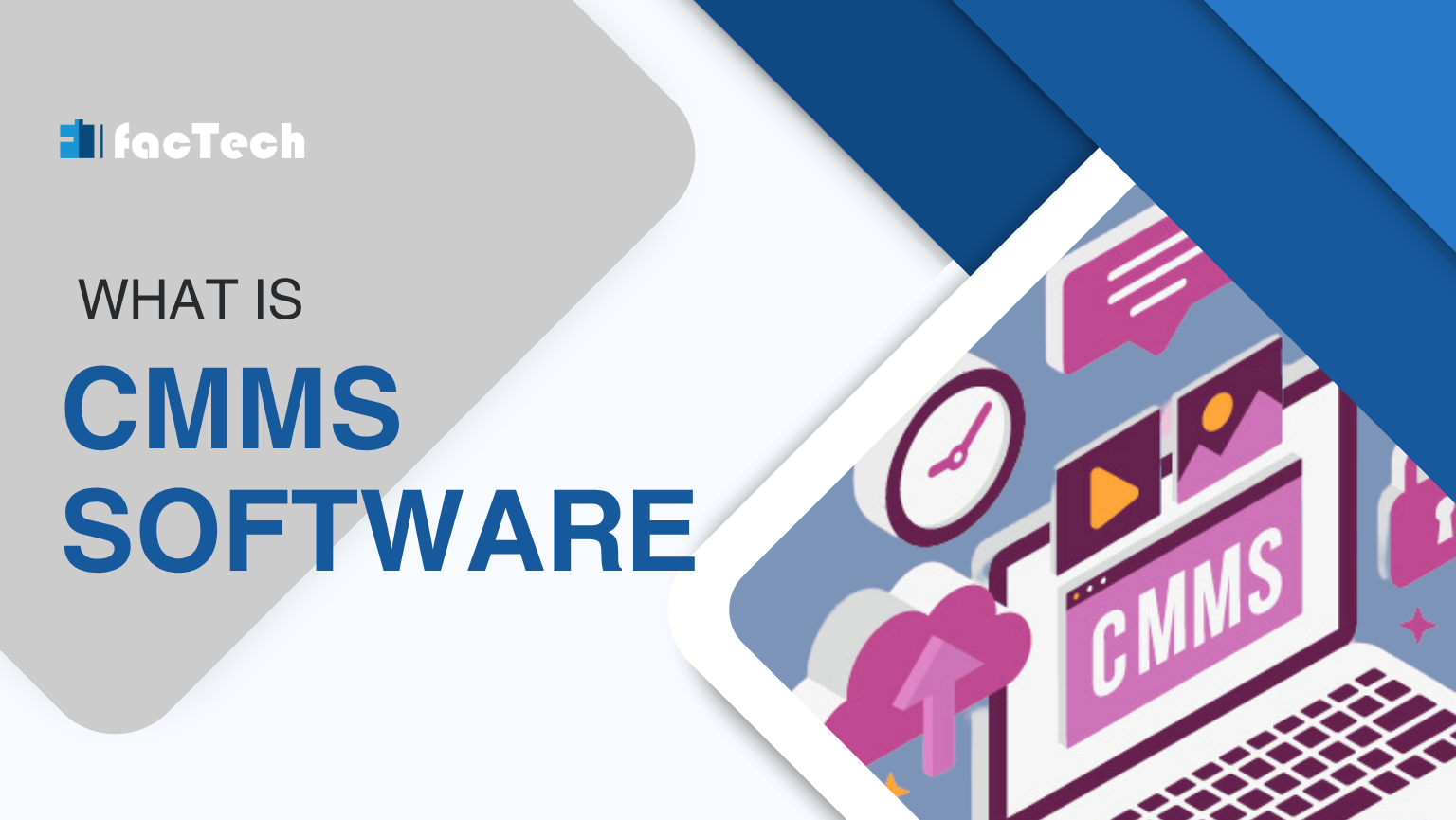Green Initiatives for Sustainable Facility Management
Green Initiatives for Sustainable Facility Management
Facilities management involves more than just keeping the lights on and the floors tidy in today’s eco-aware society. For companies and organizations, sustainable facility management techniques are becoming more and more crucial. You may lower your operational expenses, improve workplace health, and lessen your impact on the environment by putting green measures into practice.
This piece explores the field of sustainable facility management in great detail and offers a thorough how-to for implementing green practices into your day-to-day operations.
The Crucial Point: Diminishing Energy Usage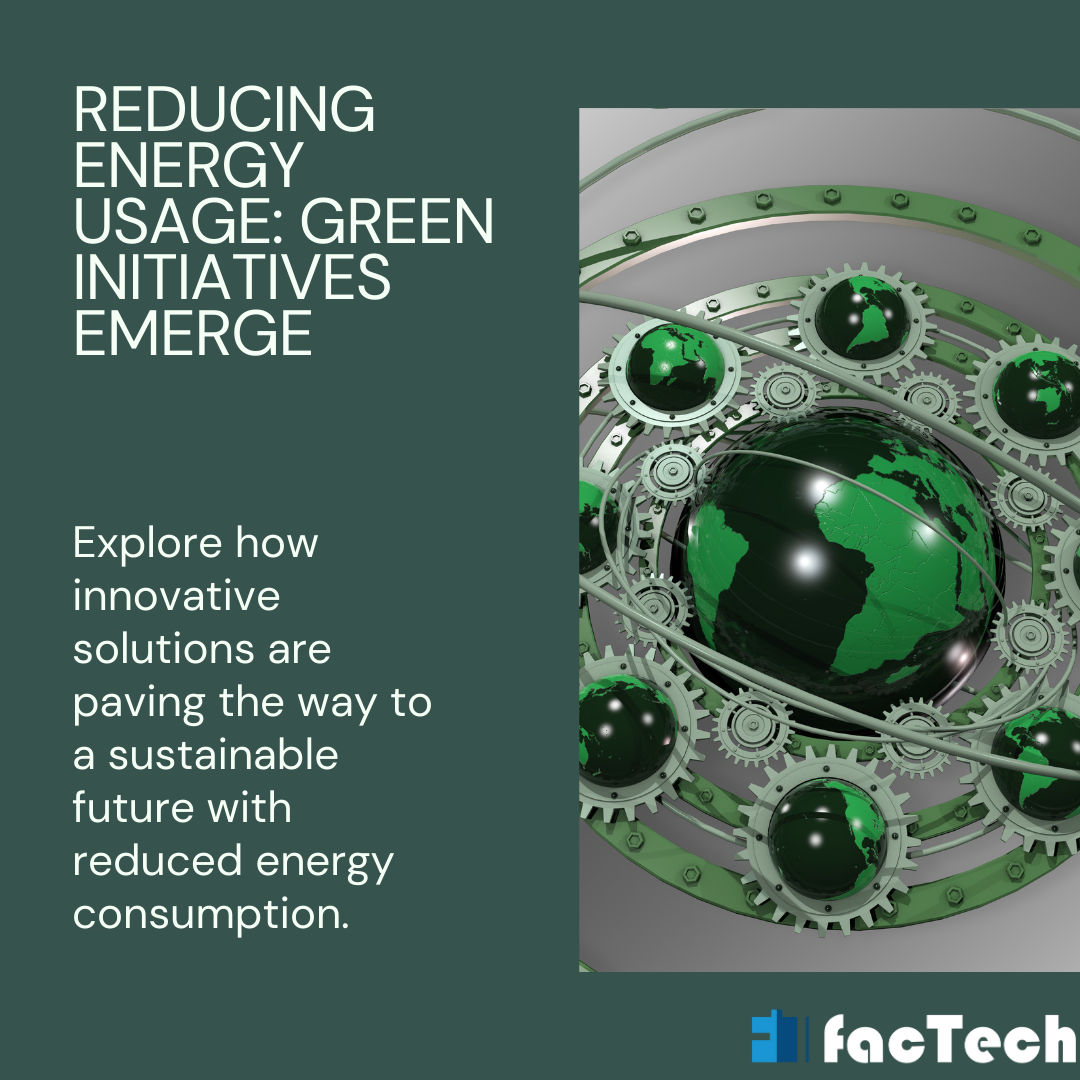
One important factor in determining a facility’s environmental impact is its energy use. Here is a multifaceted strategy to address this issue:
Optimizing Lighting: Switch out conventional incandescent lightbulbs with LEDs that use less energy. Install occupancy sensors to have lights in uninhabited areas switch off automatically.
Smart HVAC Management: Install programmable thermostats to control temperature based on occupancy and weather, and upgrade to high-efficiency HVAC systems. Whenever feasible, promote natural ventilation.
Building Automation Systems: Invest in smart building technology that enables centralized HVAC, lighting, and other system control and monitoring.
Employee Engagement: Inform and empower staff members about energy-saving techniques. Urge them to responsibly regulate thermostats and turn off lights and electronics when not in use.
A Comprehensive Look at Energy Audits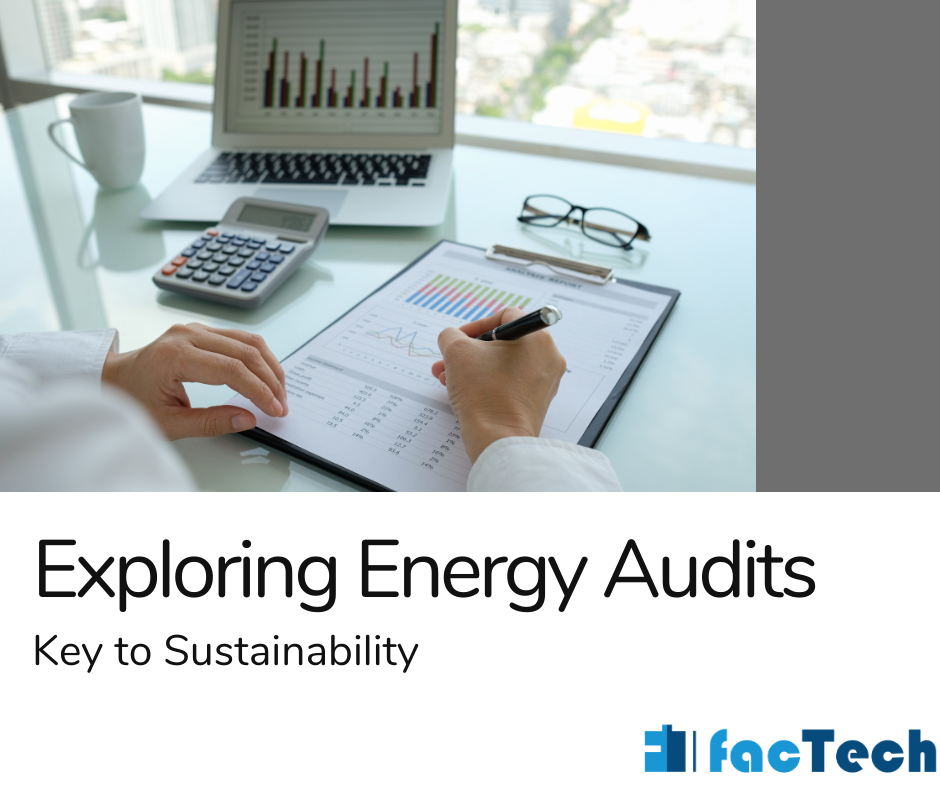
Sustainable facility management is now a major concern in today’s eco-aware society. It’s not enough to simply maintain a pleasant temperature and turn on the lights; you also need to minimize your influence on the environment and maximize your efficiency and cost savings. To achieve this balance, green initiatives—in particular, thorough energy audits—are essential.
The Significance of Energy Audits
Systematic evaluations of a facility’s energy consumption are called energy audits. They show where energy is being used in detail and point out places that may be better. Facility managers can take advantage of this useful information to:
Reduce energy consumption: Audits help to cut down on energy waste by identifying areas where specific solutions to cut down on energy use can be implemented.
Reduce operating expenses: Lower energy use results in lower utility bills resulting in considerable financial savings over time.
Improve occupant comfort: Optimized energy use guarantees a comfortable and healthy indoor environment.
Enhance sustainability: Energy efficiency lowers a facility’s carbon footprint, contributing to a greener future.
Performing an Extensive Energy Assessment 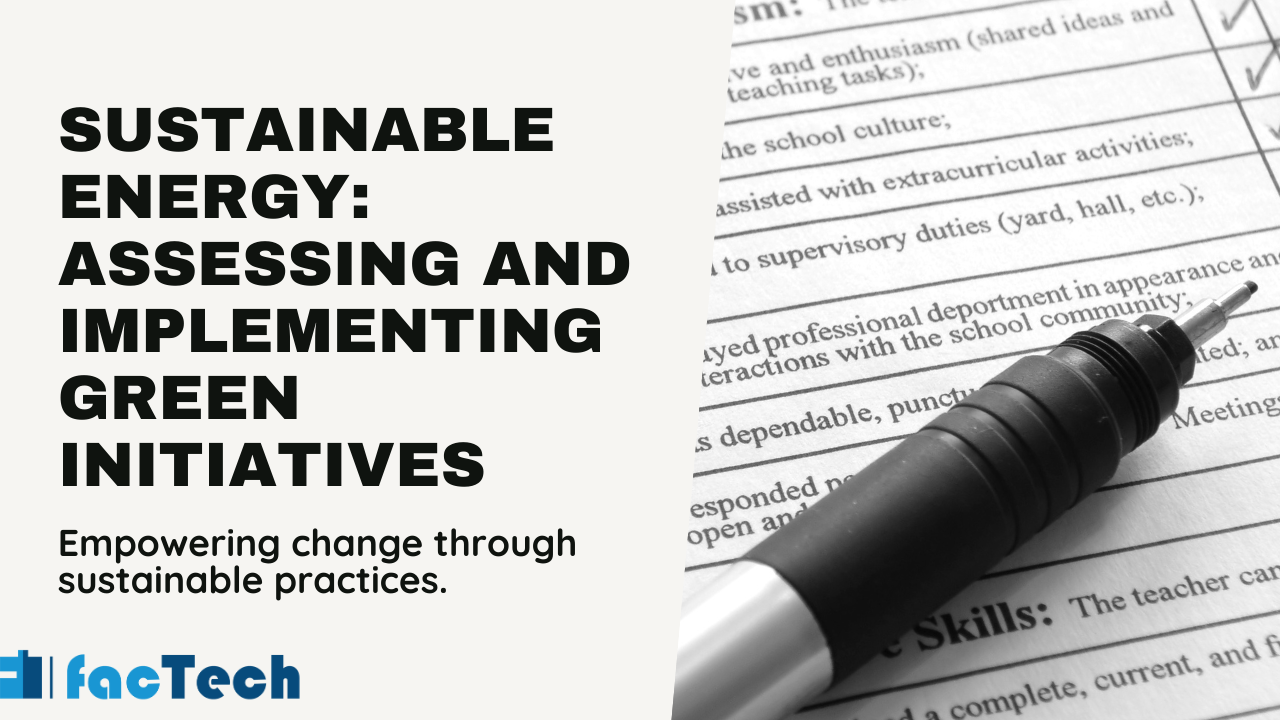
A thorough energy audit is a multi-step procedure that needs to be carefully planned and carried out. Below is a summary of the salient features:
1. Pre-Audit Planning:
Compile a Team for the Energy Audit: This group should include operationally savvy facility staff, a technically skilled energy auditor, and, if applicable, building users (office buildings, for example).
Determine the Audit Scope and Objectives: Clearly state the areas (whole facility, particular systems) that will be reviewed as well as the intended results (specific efficiency increase, cost reduction).
Compile Initial Data: Gather previous utility bills and equipment standards, records of maintenance, and occupancy trends. This data acts as a reference point for assessing progress following the application of suggestions.
2.Walk-Through Audit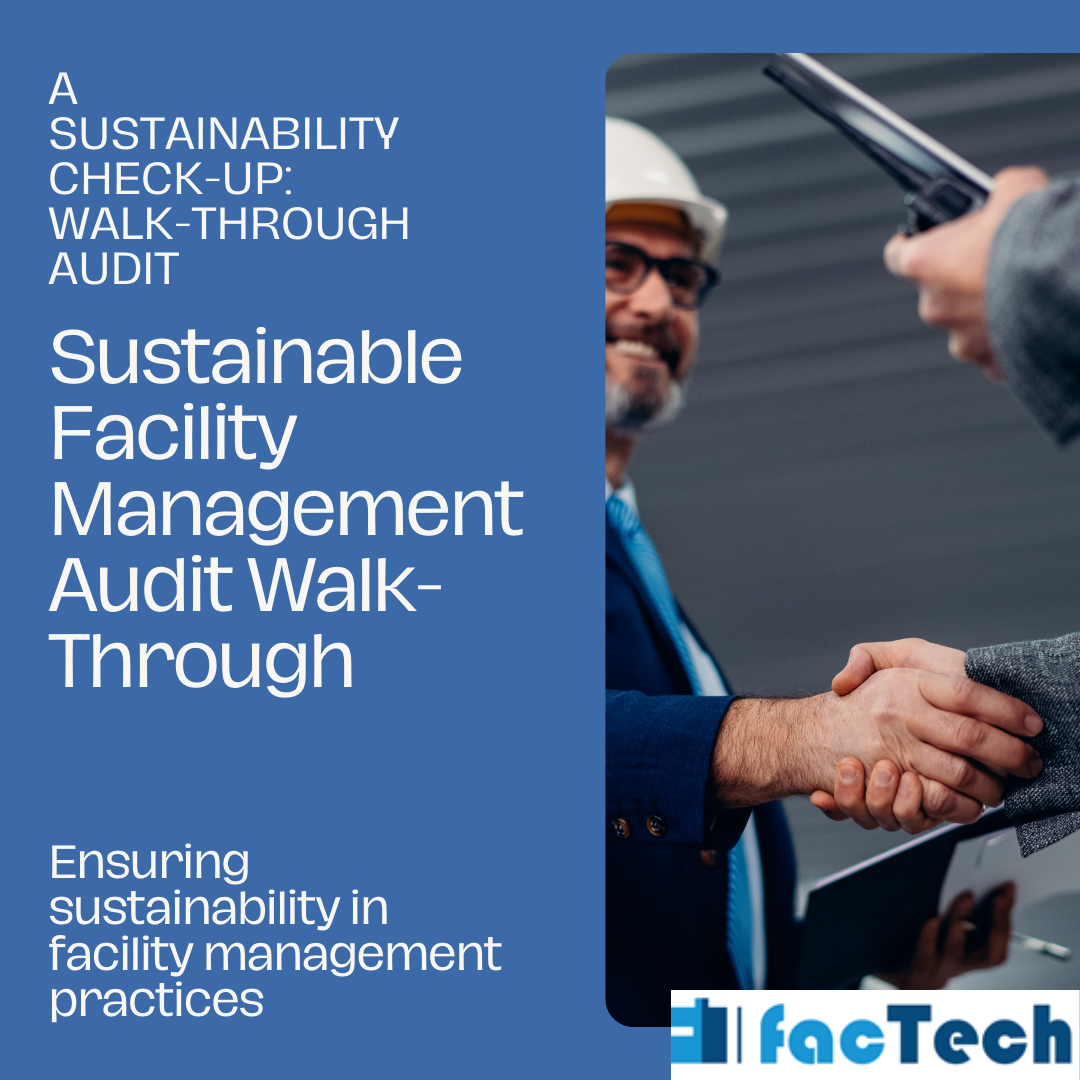
Physical Inspection: Take a thorough tour of the building to find any possible inefficiencies in terms of energy use. Examining HVAC systems, lighting systems, the building envelope (walls, windows, insulation), and the use of office equipment are all included in this.
Information Gathering: Measure a variety of factors during the walkthrough, such as water flow rates, illumination levels, indoor temperatures, and equipment power consumption. If at all possible, use data logging techniques for ongoing observation.
Identify Low-Hanging Fruit: Search for easily fixable problems such as changing thermostat settings, mending leaky faucets, or swapping out incandescent lightbulbs for LED ones.
3.In-depth Energy Analysis:
Assemble and Examine Data: Arrange and examine the gathered information to pinpoint trends in energy usage and times of peak utilization.
Create Energy Balance: Draw an energy balance diagram to show how energy moves through the building and identify any locations that consume a lot of energy.
Identify the ECMs, or energy conservation measures. In light of the study, suggest practical ways to reduce energy use. Examples include installing occupancy sensors, modernizing building automation systems, replacing fossil fuels with renewable energy sources like solar panels, and upgrading equipment.
4. Reporting and Implementation:
Create a Comprehensive Report: Record the audit results, including the inefficiencies that were found, the suggested ECMs, the expected cost reductions, and the possible payback times.
The recommendations should be ranked in order of potential impact on energy savings, cost-effectiveness, and ease of implementation.
Develop an Implementation Plan: Create a plan that outlines budget allocation, timelines, and responsibilities for implementing the prioritized ECMs.
5.Audit Monitoring and Verification Following the Audit: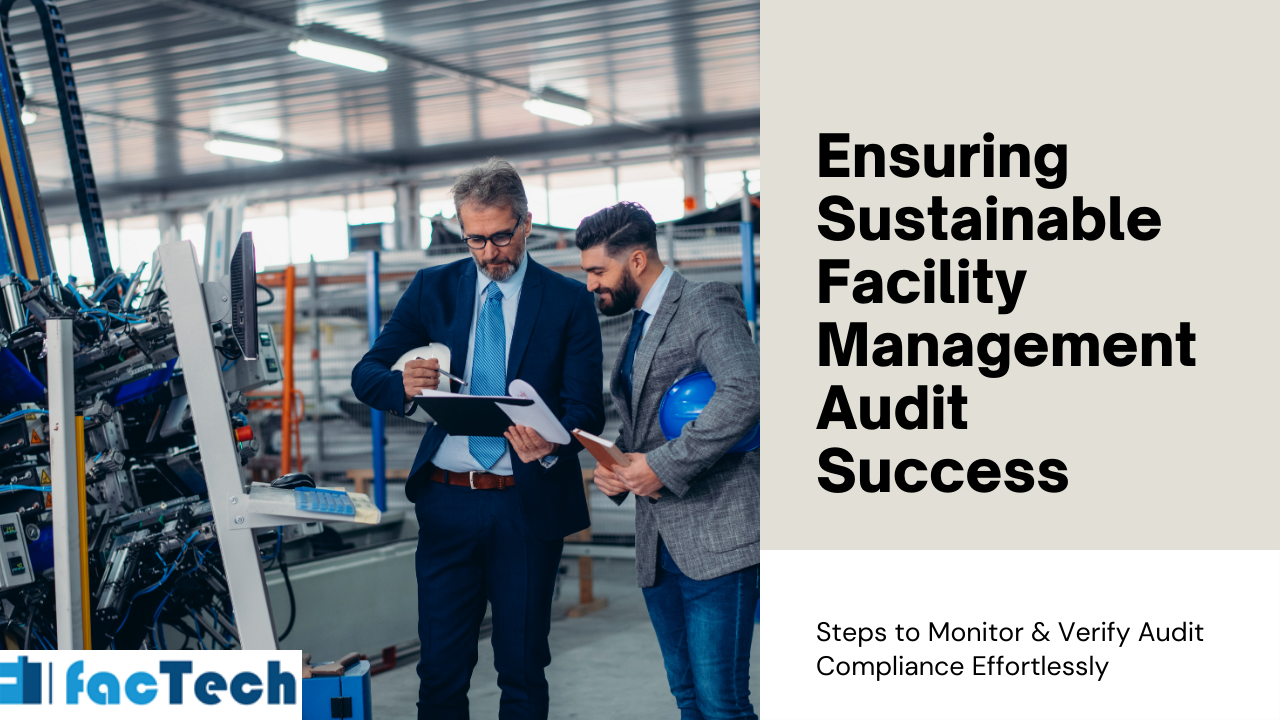
Track Continuous Improvement: Regularly review energy consumption data and occupant feedback to identify additional opportunities for optimization.
After implementing the ECMs, monitor and measure energy consumption to verify their effectiveness and quantify the achieved savings.
Results
An essential component of sustainable facility management is thorough energy audits. Facilities may dramatically lessen their environmental effect, cut operating costs, and provide occupants with a more comfortable and healthier environment by methodically finding and resolving energy inefficiencies. One energy-efficient building at a time, property managers can help create a greener future by making sustainability a fundamental value.
Reduce Water Use: Every Drop Matters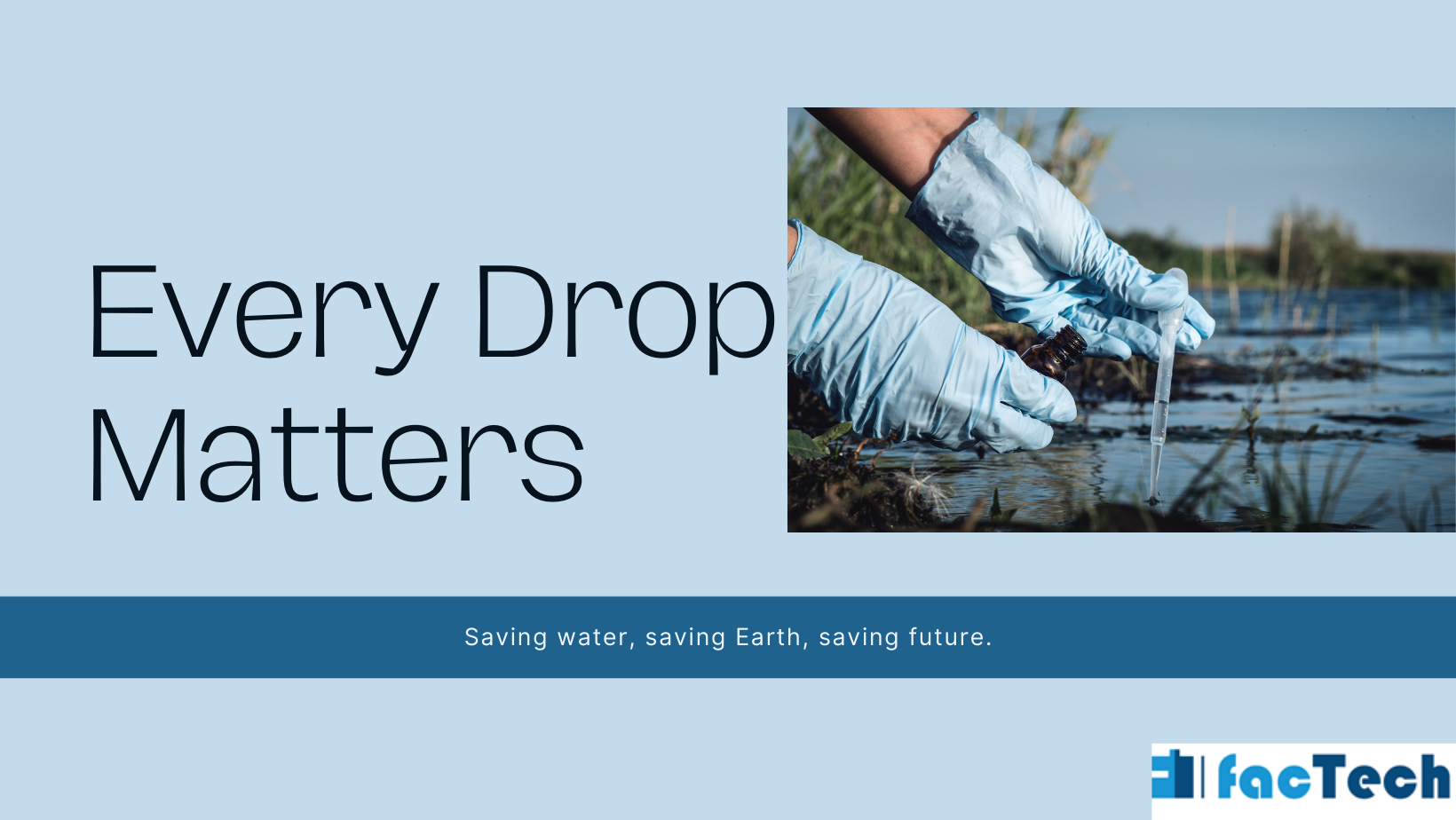
Water is a valuable resource, and facilities management is essential to preserving it. These are a few important tactics:
Water-Efficient Landscaping: Make use of drought-resistant plants to save huge amounts of water and also add to greenery in the facility.
Leak Detection and Repair: Quickly locate and fix leaky faucets, pipes, and toilets to prevent water waste.
Low-Flow Fixtures: Install low-flow toilets, faucets, and showerheads to reduce water usage without compromising functionality.
Smart Irrigation Systems: Put in place smart irrigation systems that modify watering in response to soil moisture and weather.
Reduce, Reuse, Recycle: Ecological Waste Management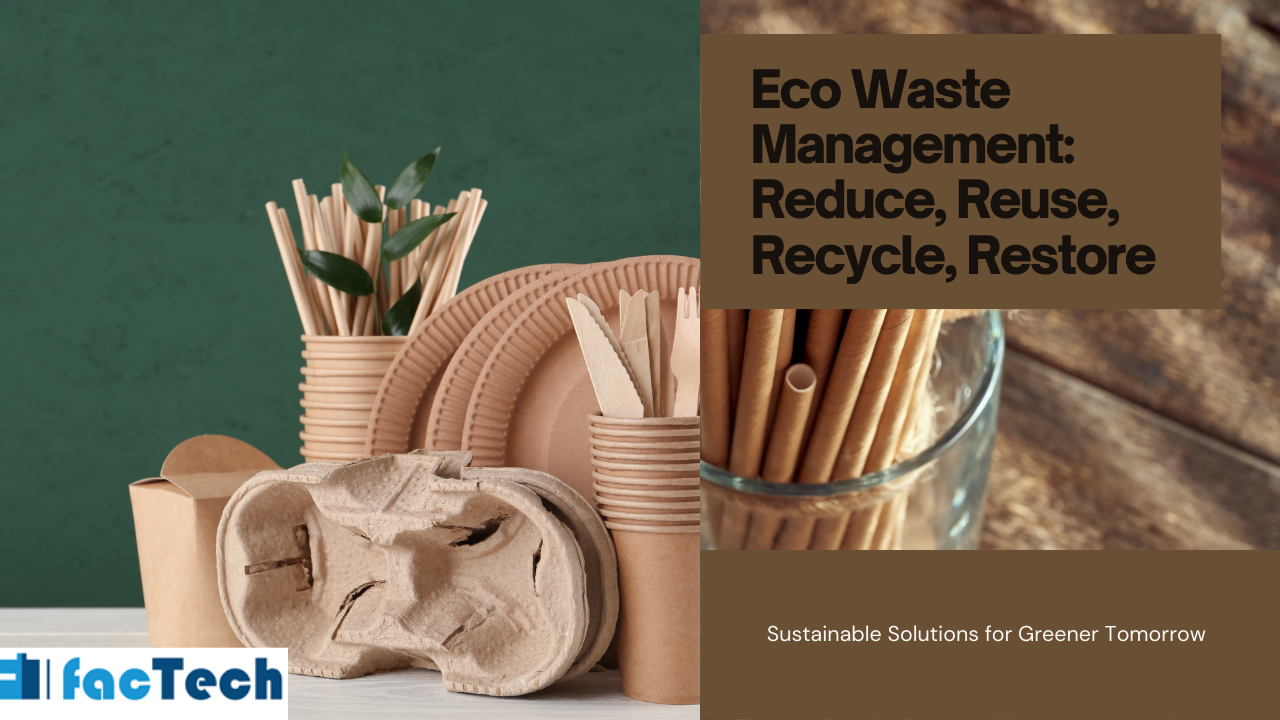
Waste generation from facilities is substantial. Here’s how to responsibly handle it:
Waste Reduction: Encourage the use of reusable products, do away with single-use items, and put source reduction techniques into practice to foster a culture of waste reduction.
Recycling and Composting: Create a thorough recycling program that includes glass, metal, plastic, and paper. Investigate using organic waste as fertilizer by composting it to reduce the need for virgin resources.
Local and Sustainable Suppliers: Encourage nearby companies and vendors to give sustainable business practices a priority.
Green Building: Eco-Friendly Planning and Execution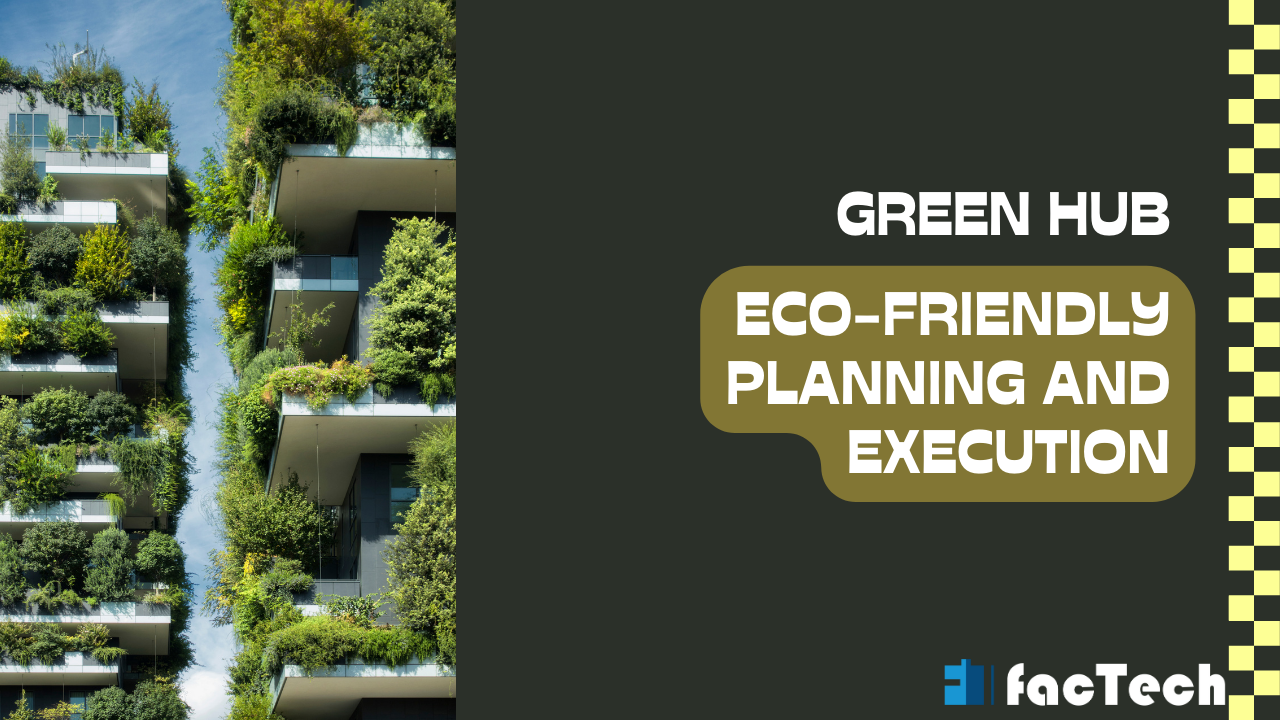
Take into account the following sustainable building techniques when designing a new building or renovation:
Natural Light and Ventilation: Design buildings to maximize natural light penetration and airflow, reducing reliance on artificial lighting and ventilation systems.
LEED Certification: Seek certification in LEED (Leadership in Energy and Environmental Design), an internationally recognized green building rating system.
Sustainable Materials: Utilize recycled, locally sourced, and rapidly renewable materials during construction.
Water-Efficient Plumbing Systems: Install water-saving plumbing fittings throughout the structure.
Choose materials with low embodied carbon, which is the energy used to extract, transport, manufacture, and install the material.
Establishing a Sustainable Culture 
Employee engagement is critical to the success of any green effort. The following are some strategies to help your establishment develop a sustainable culture:
Sustainability Training: Inform staff members about the value of sustainable practices and how their actions may make a difference.
Recognition and Rewards: Honor staff members who continually show a dedication to sustainable practices.
Green Teams: Create employee-led groups to come up with fresh ideas for sustainable projects and promote environmental consciousness throughout the workplace.
Communication and Transparency: Keep staff members informed about your organization’s sustainability objectives and advancements on a regular basis. This encourages accountability and openness.
FAQs
Sustainable facility management: what is it?
The operation of facilities with the least amount of environmental impact is known as sustainable facility management. It entails cutting waste, giving occupant health a priority, and making effective use of resources (such as water and energy).
Why does facility management value green initiatives?
Green initiatives help the environment by conserving resources and lowering greenhouse gas emissions. They can also result in lower utility and waste disposal costs and better occupant health. It can also improve a business’s standing as an ecologically responsible one.
Which green initiatives are simple to put into practice?
There are lots of easy steps for beginners. A few wonderful areas to start are installing low-flow toilets and faucets, upgrading to LED lighting, and promoting recycling. Another effective tactic is educating tenants about energy efficiency through campaigns or signage.
How about bigger-scale projects?
Facilities managers could consider installing HVAC systems and appliances with lower energy use. Modern windows and insulation for buildings can save energy use dramatically. Purchasing solar panels or other renewable energy sources is a long-term way to lessen your need on the grid.
How can I assess whether green initiatives are successful?
Utilizing facility management software, you may measure gains by monitoring resource utilization and utility bills. Surveys of tenants’ comfort and satisfaction might yield insightful information.
Contact us for a free demo of how our expertise can help you achieve your business goals to the best.







